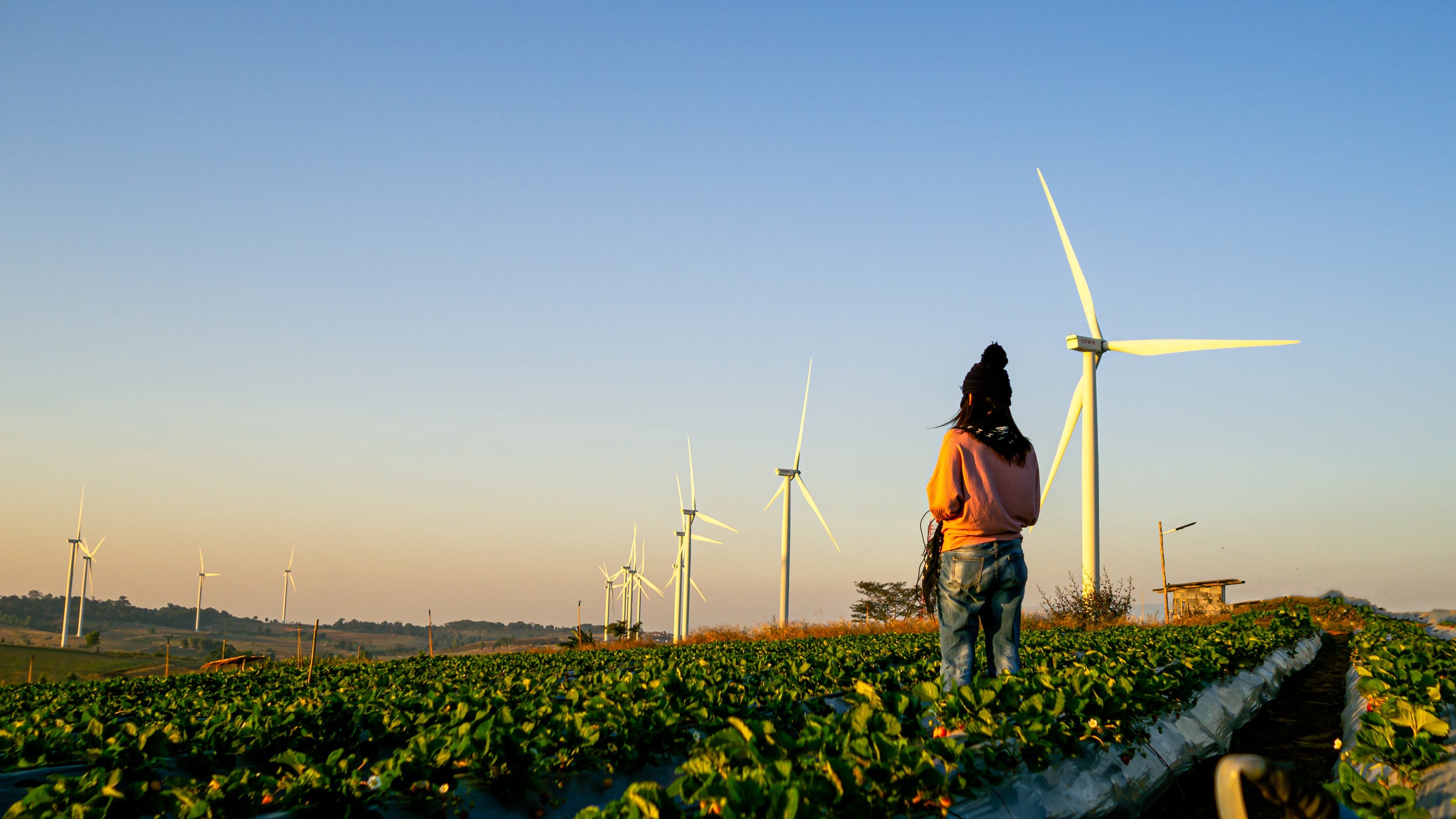
Global Fixed Income Strategy Monthly Report
In our regularly updated macroeconomic analysis we offer an outlook for interest rates and currencies – and look at which fixed income assets are favoured across a range of market environments.

Utilities have long been perceived as slow growing, defensive stocks within a portfolio. We believe we are on the cusp of a change here.
COP 26 to be held in Glasgow at the start of November, aims to reinforce the global net zero agenda, which has been given fresh impetus as a tool for governments to drive economic recovery post COVID-19.
This is without doubt an ambitious target, but it will kickstart a 30-year phase of structural growth that involves a significant step up in investment across almost every industry. The electrification of everything is the most profound change and as such, utilities the most obvious beneficiary from a stock market perspective.
We expect the net zero agenda to drive a step change in the growth profile of utilities, not fully appreciated by the market. Moreover, the EU Green Deal positions Europe as the clear global front runner which, if successful, can be used as a blueprint. European utilities can leverage their strong global position to drive further growth.
Outside of utilities, we see the emergence of similar businesses within European oil majors as potential drivers of value creation. They too can benefit from the EU Green Deal.
Net zero consists of 4 main steps. By far the largest components involve the decarbonisation of power and the electrification of the economy. This will be predominantly achieved by shifting to renewable power generation.
Currently, within the EU renewables are 43% of power generation and electricity is currently 20% of final energy consumption. This will need to shift considerably. Clearly, we are still in the foothills of this change. The recent collapse in costs has made a faster rate of penetration possible as fossil fuels are no longer competitive.
Source: International Renewable Energy Agency (IRENA). Report produced in June 2020. Data as at the end of 2019.
Where electrification isn’t possible, we need to produce carbon free fuels such as green hydrogen and then storing/capturing carbon where abatement isn’t possible.
In terms of hitting the headlines, significant weather events have never been far away in 2021. We have seen severe winter snowstorms in Texas, forest fires in Russia, Greece, Turkey and the US, flooding in western Europe and China and heatwaves in north-west America and Europe. Anecdotally, out of the past 20 years, 18 have been the hottest on record. According to the Intergovernmental Panel on Climate Change (IPCC), temperature and climate change is “unequivocally man-made”.
The economic implications of climate change are also increasing. Global losses from weather-related disasters are approaching $200bn in 2019. If the frequency of these events continues to increase, the negative impacts will follow.
Source: Swiss Re. Data retrieved on 12 October 2021.
The transition to net zero is going to be a difficult balancing act. Key issues still need to be worked through such as: Who will pay for the transition?
As outlined above, electrification is the real key here and this is particularly topical, given headlines around rising power prices. Moving to net zero does not necessarily equate to a lower system cost today, although it is likely it will lead to lower costs over time.
As highlighted above, the costs of renewables are economically attractive already and the International Energy Agency (IEA) expect investment in power generation to increase from $0.5tn to $1.6tn. To support the build out of renewable capacity there is also a big increase in investment into clean energy infrastructure, which increases from $0.3tn to $0.9tn.
This covers the grid as well as EV charging and hydrogen infrastructure amongst other things. While green hydrogen is currently not economically viable, as it stands today, it looks to be the best long-term solution for the hard to abate sectors. From the perspective of utilities, green hydrogen is particularly renewable intensive with 2 gigawatts (GW) of renewables per 1GW of electrolysers.
Source: International Energy Agency (2021), Net Zero by 2050, IEA, Paris.
With such a positive backdrop, it is hard to understand why, in a market with a predilection for secure growth, utilities are the only sector to be down in absolute terms this year. What we can say, is that the sector has lacked earnings momentum relative to the rest of the market this year as many cyclical sectors have grown sharply post COVID-19.
However, the chart below highlights the long-term opportunity from the net zero transition. Utilities will also transition from being viewed as slow growing, defensives to a sector that should meaningfully outgrow the market.
Source: Goldman Sachs Global Investment Research, Invesco estimates.
The other concerns around the sector include the potential negative effects of cost inflation on project economics and some concern around regulatory pressures with governments keen to protect the consumer from rapidly increasing power prices.
To our mind, this overlooks the long-term picture particularly on inflation. Utilities are generally remunerated on invested capital and if the capital cost per GW is higher, so is the profit. When it comes to protecting the consumer, this ties back to the earlier question around who pays for this transition.
We think that is a big question that needs to be answered. The early signs are reasonably encouraging, with most governments shouldering the burden. However, this is a short-term solution. The bigger question is as we transition towards a fixed cost power system, is a power price linked to fossil fuels the right answer, particularly if they are contributing <10% to overall power consumption.
It is highly likely that the system will be reformed, but it will have to be reformed in a way that is aligned with the ambitious net zero objectives outlined above. For investors with a medium-term horizon, the opportunity is substantial.

In our regularly updated macroeconomic analysis we offer an outlook for interest rates and currencies – and look at which fixed income assets are favoured across a range of market environments.

Nageen Javaid, Invesco Associate Client Portfolio Manager, discusses the role of bonds in the transition. As achieving net zero carbon emissions by 2050 has become a central goal for governments, corporations, and environmental advocates worldwide.

Key things impacting the outlook for global equities in 2025: Donald Trump, artificial intelligence (AI) and ‘hangover stocks’.
The value of investments and any income will fluctuate (this may partly be the result of exchange rate fluctuations) and investors may not get back the full amount invested.
All data is as at 30 August 2021 unless otherwise stated.
This document is marketing material and is not intended as a recommendation to invest in any particular asset class, security or strategy. Regulatory requirements that require impartiality of investment/investment strategy recommendations are therefore not applicable nor are any prohibitions to trade before publication. The information provided is for illustrative purposes only, it should not be relied upon as recommendations to buy or sell securities.
Where individuals or the business have expressed opinions, they are based on current market conditions, they may differ from those of other investment professionals, they are subject to change without notice and are not to be construed as investment advice.